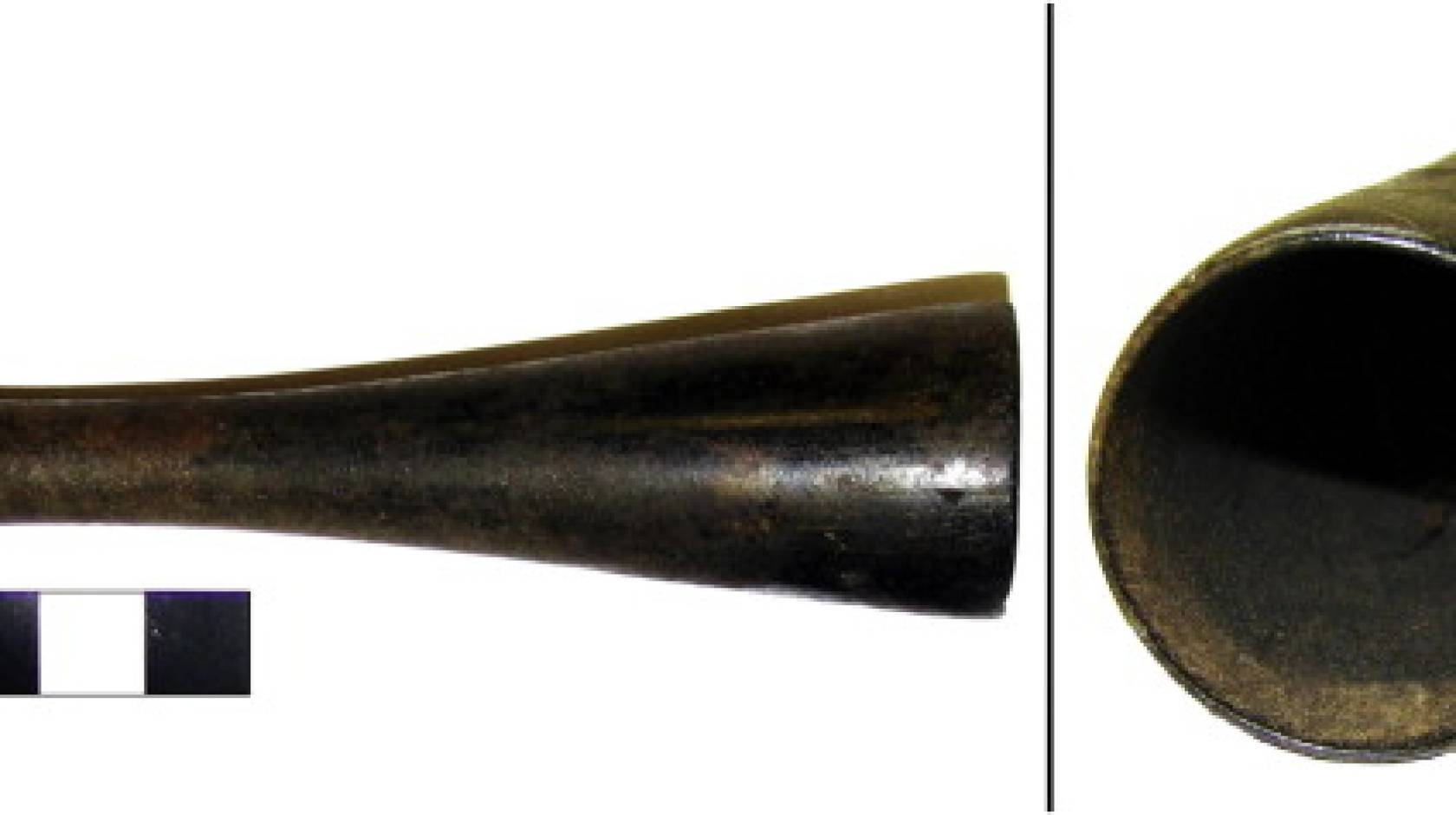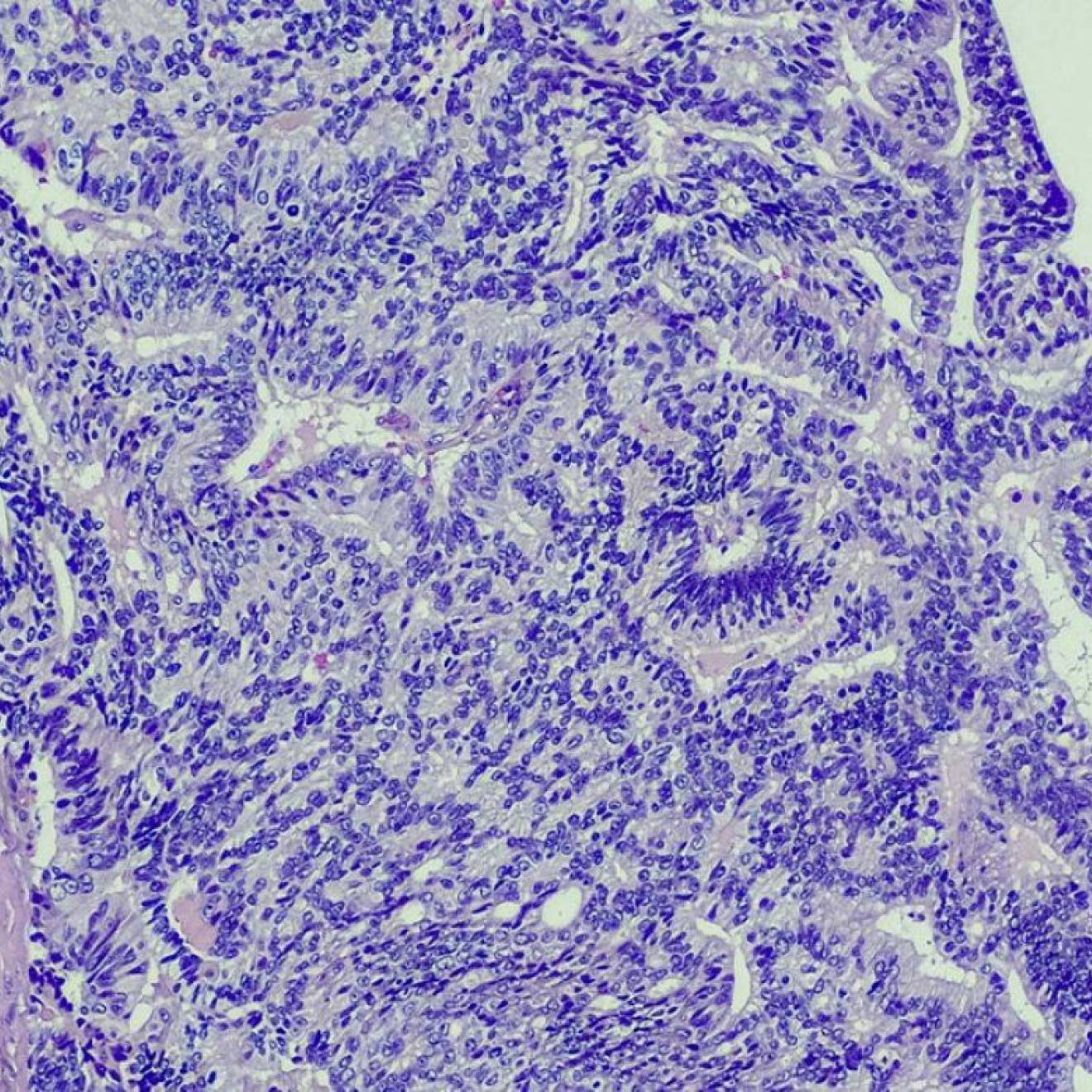Karen Nikos, UC Davis

Native American hunter-gatherers living more than a thousand years ago in what is now northwestern California ate salmon, acorns and other foods, and now we know they also smoked tobacco — the earliest known usage in the Pacific Northwest, according to a new University of California, Davis, study.
The earliest known usage of tobacco in the Pacific Northwest was smoked using a pipe similar to this one, according to Shannon Tushingham, a UC Davis archaeology research associate.
“The study demonstrates that tobacco smoking was part of the northwestern California culture very early ... shortly after the earliest documented Pacific Northwest Coast plank house villages,” said the study, published in the Journal of Archaeological Science.
Testing organic residues extracted from pipes, researchers from the UC Davis Department of Anthropology and the Fiehn Metabolomics Laboratory of the UC Davis Genome Center confirmed tobacco was smoked, and likely grown in the region, by at least A.D. 860.
“Despite the economic importance of tobacco today, we know very little about its antiquity.”
Perhaps more importantly, the researchers say that additional studies may help them better understand the origins of nicotine addiction and the human management, geographic range extension and cultivation of tobacco. Indeed, as part of a second study, the authors have recently detected nicotine in ancient pipes from an 800-year-old site in the modern city of Pleasanton, Calif.
“Despite the economic importance of tobacco today, we know very little about its antiquity,” said Shannon Tushingham, a UC Davis archaeology research associate and primary author of the study. “We believe Native American use of tobacco and other psychoactive plants is quite ancient. The methods we developed provide an important breakthrough which can be applied on even older pipes throughout the ancient Americas.”
Prior to this recent testing, which used sensitive gas chromatography/mass spectrometry, researchers were unsure of the historical use of tobacco on the Pacific Northwest Coast. It was unclear, for example, whether European traders had brought tobacco to the area much later, or if some other plant had been smoked in the pipes, Tushingham said.
Historic native peoples smoked a wide variety of plants, including tobacco, and pipes that researchers found at sites indicate smoking was an important part of ritual activities in the past. But archaeologists had found it difficult to detect what plants might have been smoked in the pipes because of the age and deterioration of pipes found. Early tobacco also had less nicotine content — less than 2 percent — and it is more difficult to detect than tobacco today, with a nicotine content of 4 to 8.5 percent, researchers said.
After two years of experimentation, the researchers developed a chemical process where residue is extracted directly from the stone or clay matrix of the pipes, leaving the pipe intact. By applying the process to one complete pipe and various fragments found at village sites in Tolowa ancestral territory, researchers found the biomarker nicotine, indicating that tobacco had been smoked. The study sites are located in the traditional homeland of the Tolowa people, in the Smith River basin and vicinity of northwestern California.
Co-authors of the study with Tushingham at UC Davis include Jelmer W. Eerkens, a professor of anthropology whose research centers on hunter-gatherers, and Oliver Fiehn, professor in the department of molecular and cellular biology and the genome center.

